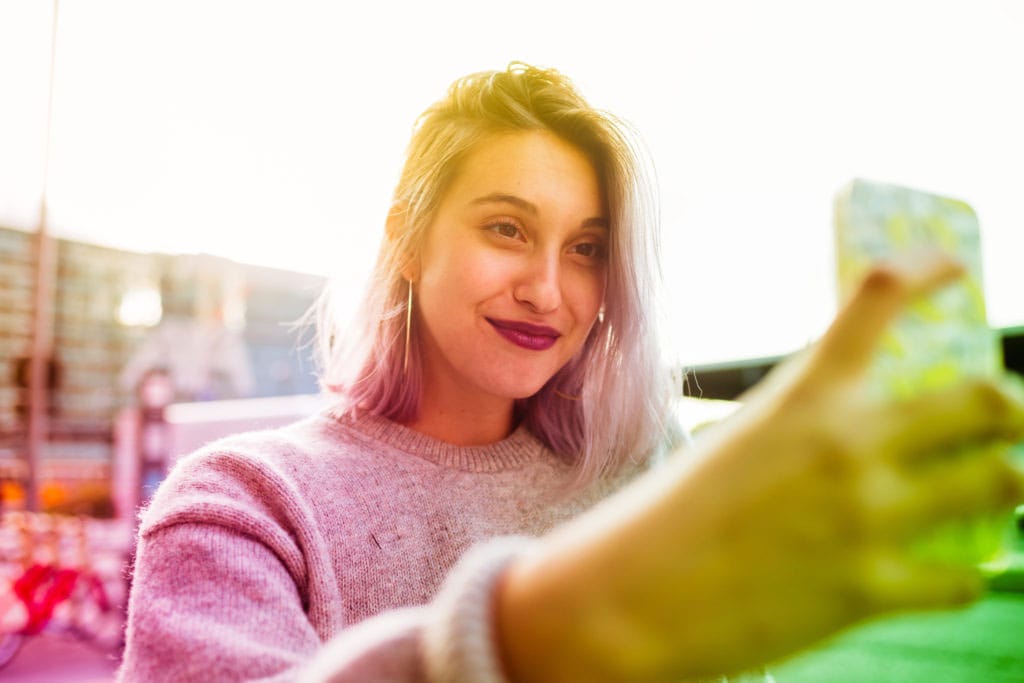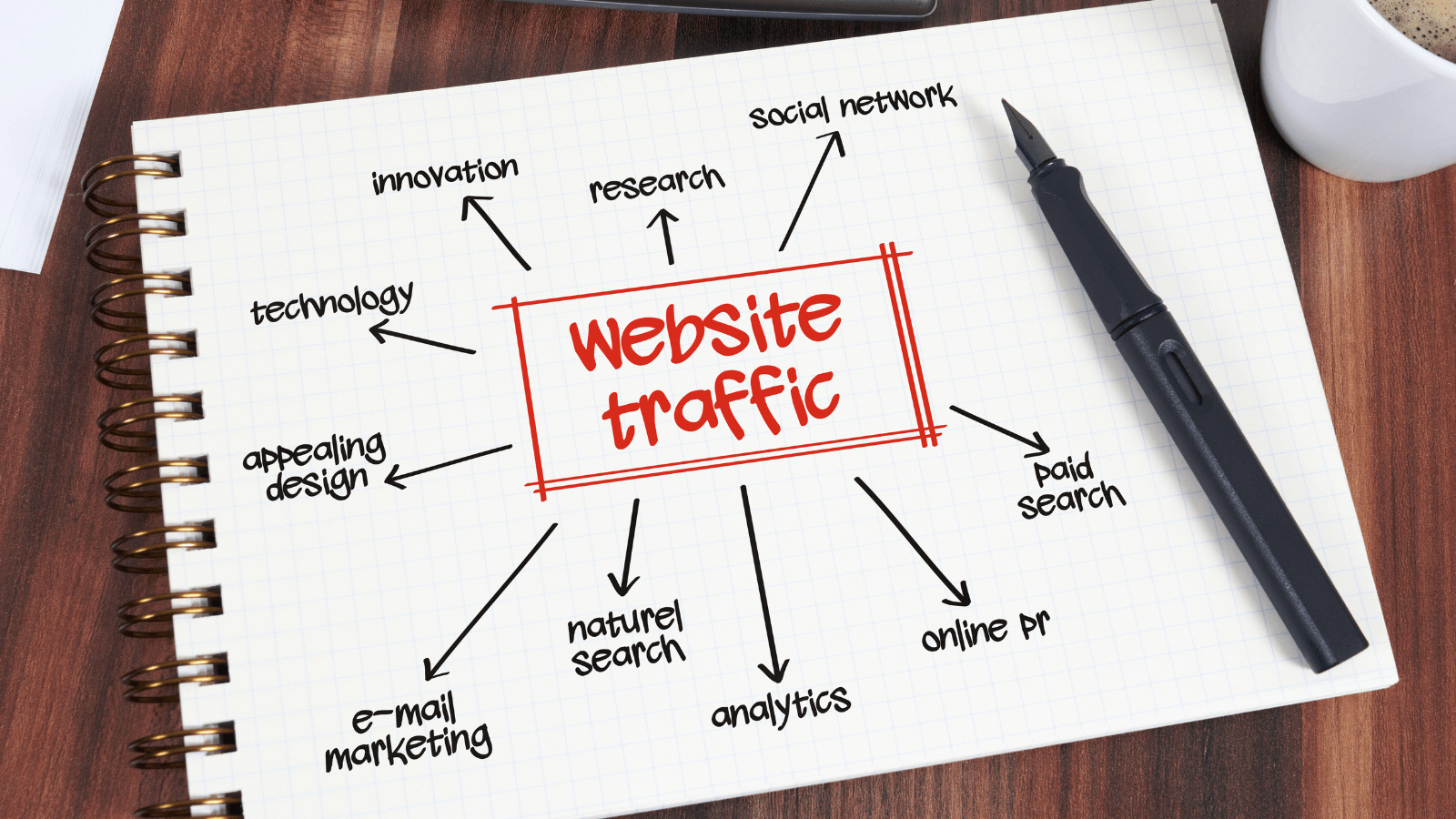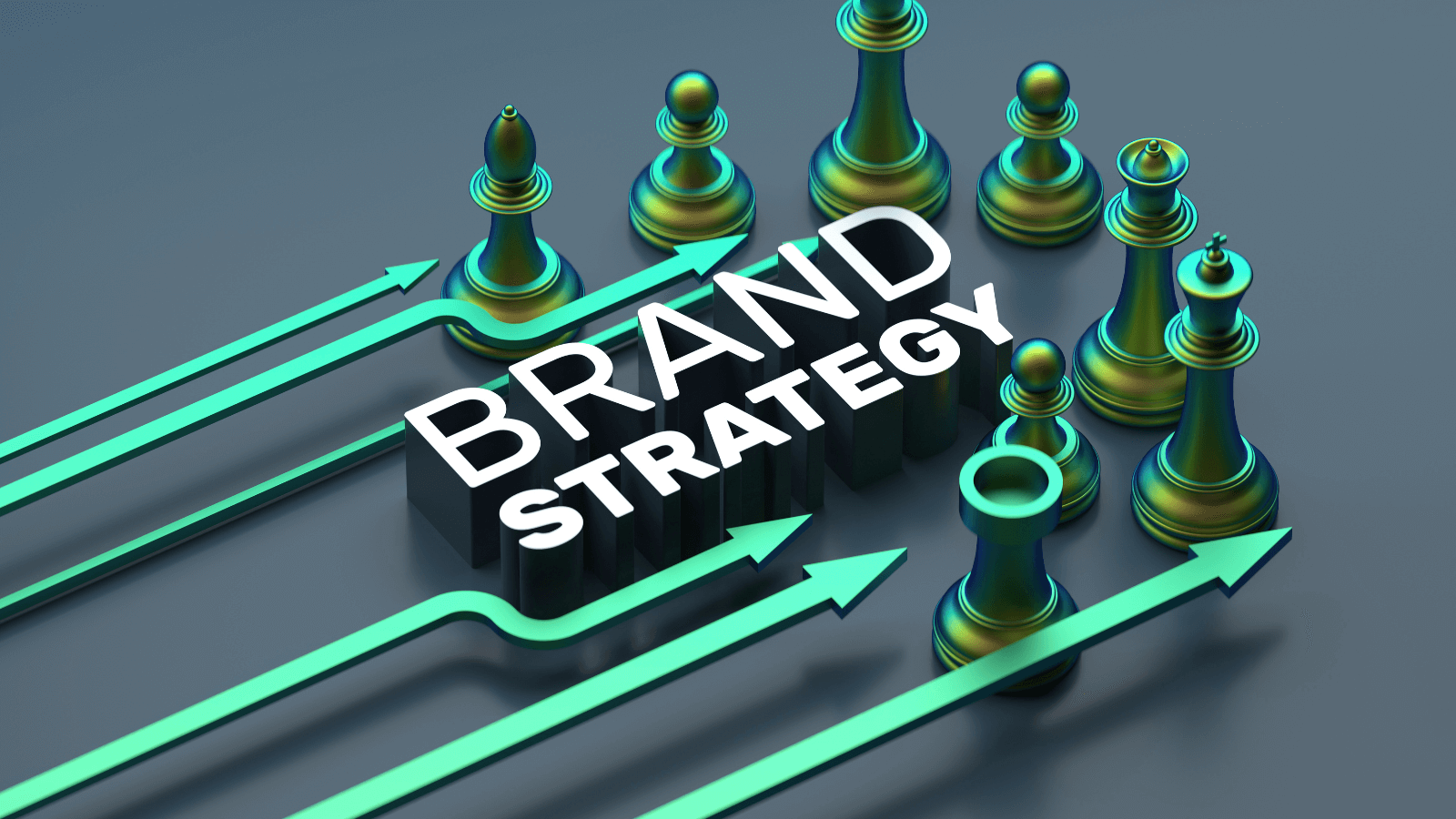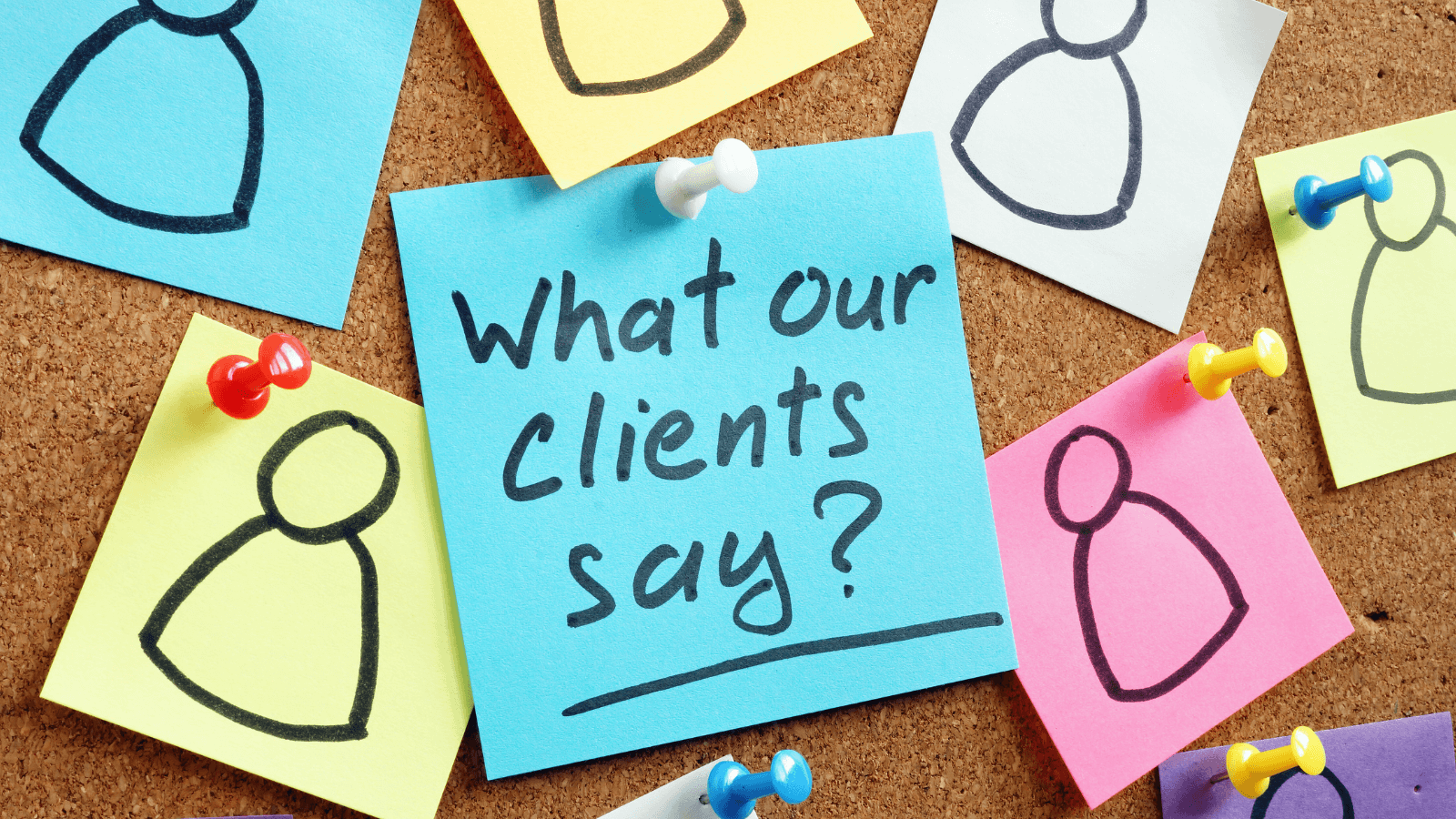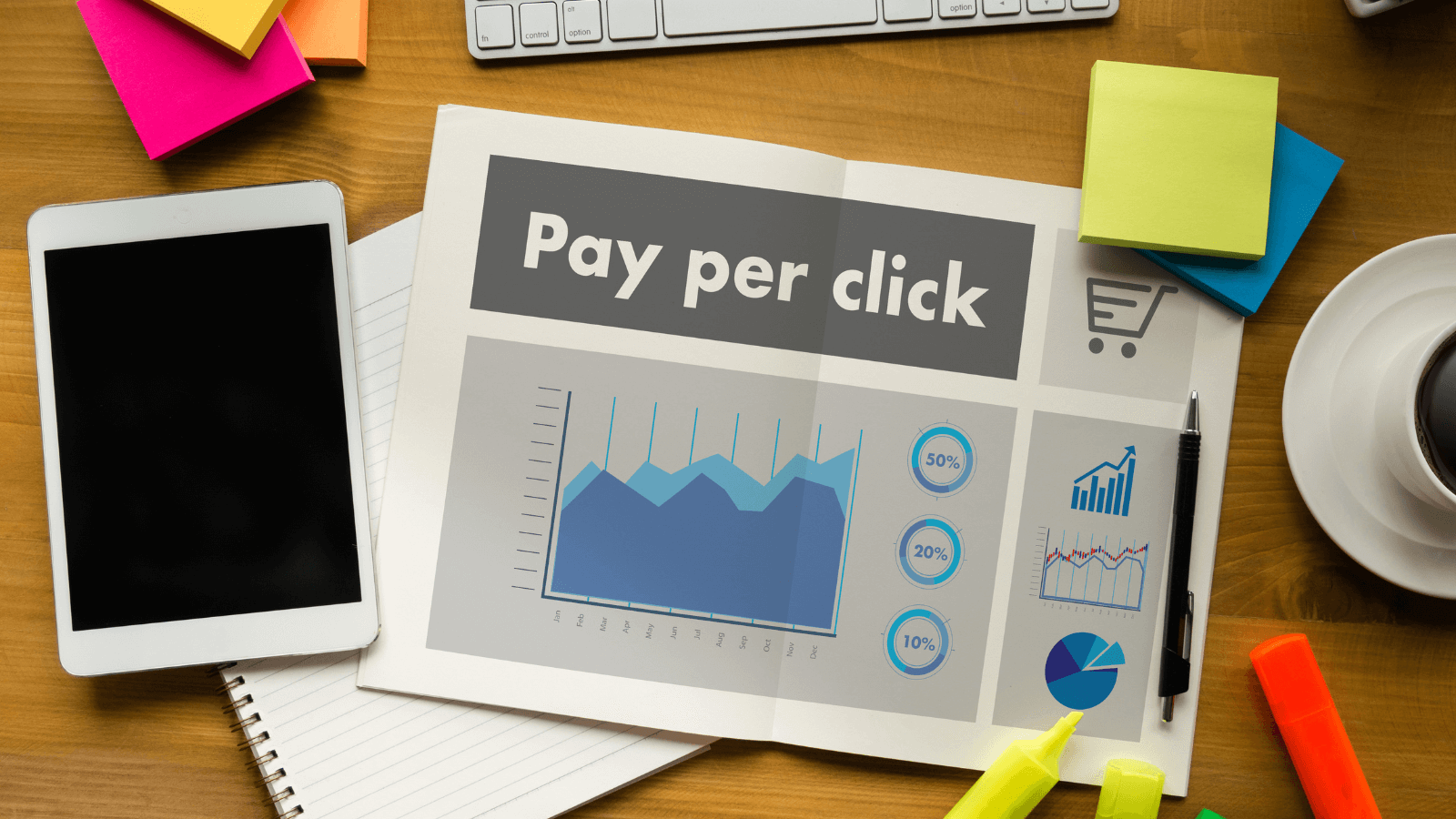In the streaming mob of content that is consumed daily on the internet – from whatever people see at work to their social feeds – a lot gets missed. Your content is probably getting missed.
Getting eyeballs and standing out is getting harder and harder but there are a few tactics you could try.
You could pay for eyeballs through paid search or paid search marketing. Of course, you could also build up your audience the slow and steady way through creating outstanding content. Or you could go the traditional route with television, radio, or even through direct mail pieces. Anything to start the word of mouth mill.
But not everyone has deep pockets or time to wait for visitors to show up.
When you have smaller budgets, you don’t have the luxury of shotgunning your advertising dollars to all channels so it’s important to try to be as targeted as possible. So this could mean you only choose paid search, paid social advertising, or search engine optimization.
When you have a little more to spend, you can take some risks with new marketing trends or techniques.

One of those latest trends is social media influencers.
Social Media Influencer Primer
Using social media influencers is like word of mouth on steroids.

You’re more likely to listen to your friend’s endorsement of a product or service because there’s already established trust. It’s the difference between seeing an ad on TV for a product and hearing your best friend tell you how great it is.
But there’s a little more to it than that.
You have to form a relationship with these influencers because their audience and yours are going to be able to sniff out insincerity like a hunting dog finding a rabbit in a bush.
There’s just a different feel and tone when you’re reading a post written by an influencer who genuinely likes the product and uses it in their daily life and a post written by someone who was just paid to write that, and they’ll never use it again.
Using social media influencers as a part of your marketing strategy allows you to tap into a smaller, but more loyal, pool of potential customers who already trust the voice telling them your product is good.
You’re using someone else’s brand loyalty to grow your own.
Sounds amazing, right?
It is amazing, but it isn’t as easy as it sounds.
Social influencers are fiercely protective of their audience and their brand. They aren’t going just to give you a shout-out for free unless they already really love your product. You’re going to have to build a real relationship with your social media influencers if you want it to work in your favor.

That’s the thing that makes social media influencers so, well, influential. They’ve spent all of this time and effort growing an audience that trusts them and engages with them on a regular basis.
So when that person you’ve been following for months or years recommends a product to you, you’re more likely to treat that as if a friend said they liked it.
That influence is very valuable to companies looking to expand their reach, but getting started can be tricky, and there might be some confusion about who social media influencers actually are, what they do, and how you can form relationships with them.
Influencer marketing vs. celebrity endorsements

Honestly, there’s some overlap. A company is paying a person with an established audience to endorse their product.
But an influencer’s followers trust that the endorsement comes from a well-researched, more sincere place, rather than something as simple as a signed contract between a brand and a famous person.
While there is usually a formal agreement between the two parties, influencers are usually more selective about their affiliations. They choose to partner with brands that reflect their own unique personal brands so as not to alienate their followers.
They worked hard to build their following, so they aren’t going to risk it by endorsing a product that doesn’t fit their brand or appeal to their followers.
Celebrity product endorsements are less about engagement with a niche audience and more about attaching a person’s name recognition to a particular brand, regardless of how wide the audience is.
Launching a social media influencer campaign
Okay, so you want to start a social media influencer campaign. Where do you even begin? What do you consider when you are setting your goals and looking for an influencer to work with?
Expertise
What are the influencer’s niche and expertise? Is the content of your campaign going to make sense coming from this influencer?
If you’re a fitness company, it wouldn’t make sense for you to partner with an influencer known for baking intricate pies, for example. You’d want to reach out to an influencer who is sharing workout tips and healthy foods on their Instagram.
Reach
Do they have reach on the social media channels where your audience spends its time? Or are they on a platform that you’re trying to break into? Can this influencer engage your audience?
Consider how many followers they have – make sure they’re real and not purchased – and is it on a platform you’re already successful on? If you already have followers on Instagram, then an influencer on Instagram is a good choice for cross-promotion.
Demographic
Is this person’s following similar to your buyer persona? Do they affect the same people?
Do the followers seem like the kind of people who would be interested in your product? Would your ideal buyer persona already be following this influencer? If yes, partner with them!
Notoriety
Are they well liked? Is their fame split between admiration and condemnation or are they a person who appeals to most people? The person of mass appeal is who you want, so you don’t alienate potential customers.
You don’t want to step into a trap where your company partners with a controversial person – unless that is your initial goal, of course. Maybe you don’t mind bad press.
Social Influencer Marketing Benefits
As TV, newspapers, and magazines were replaced by social media as the primary entertainment and communication channels, brands have been forced to get creative with how they get their product in front of potential customers and stay in the minds of their current customer base.
It’s a challenge to stay relevant in such a fast-paced social environment, but it has its benefits as well.
Social influencer marketing isn’t pushy
Consumers are tired and frustrated with traditional advertisements being shoved in their face. Ad blockers are increasingly popular. In fact, a study by the Interactive Advertising Bureau (IAB) showed that two-thirds of consumers are using ad blockers.
So, no matter how hard you’re pushing your ad content, two-thirds aren’t going to see it.
That’s the beauty and ingenuity of influencer marketing. It doesn’t feel or look like an ad. What’s that saying? If it looks and quacks like a duck?
Influencer marketing doesn’t look or quack like a duck. It feels genuine and like a friend is letting you in on a secret.
Influencer marketing is credible
The most successful social media influencers spend a considerable amount of time and effort to win the trust of their followers. It doesn’t just happen overnight. They craft an engaging story that attracts their followers and keeps them coming back.
With an engaged audience, you build trust and instills loyalty. They believe in the person they’re following, so they’re more likely to trust their advice and recommendations.
Social media influencers are “regular” people. They’re that person taking a photo of their artisan burger at the pub, yes, but they aren’t necessarily celebrities, and that makes it easier to trust their recommendations.
It’ll boost your SEO
If you’ve hired Digital Strike for SEO services, you’ve heard us talk about backlinks (perhaps incessantly). They’re a significant ranking factor because they signal to Google “hey, other people like this content and think it’s so useful they linked to it on their own website.”
When you work with social media influencers, you’ll naturally get links back to your website from their blog or their social media accounts. Not only are they links back to you, but they’re also quality links.
It’s practically a two-for-one deal. Increased traffic and an SEO boost for your website.
Social influencers provide value
They have thousands of followers for a reason. Their followers aren’t just following them to fill their feeds or to have more content to browse.
People follow influencers because they believe they can derive some kind of value from them.
Someone who follows a fitness enthusiast wants to get tips for staying fit and healthy. They want useful insights. That is the perfect environment for product recommendations because they’re already looking for that kind of help and guidance.
Social influencers don’t cost that much money
Sure, if you want Kim Kardashian to promote your product, you’re going to pay out the nose for it.
But for an influencer who has way fewer followers than Kim, you might be able to pay a few hundred dollars for a sponsored post. For just a few hundred dollars, you could reach 10,000+ people who are ready and willing to hear what the influencer has to say.
You’ll get relevant leads
How many times have you run a PPC campaign and you’ve gotten a bunch of leads, but they weren’t relevant? Sometimes you just get the wrong people no matter how well you target your campaign.
Successful influencers have a niche that defines them. It’s the reason their followers clicked the follow button to begin with. If your product is directly related to the influencer’s niche, you’re more likely to generate more relevant leads.
It’s a tailor-made audience, ready and willing to hear about your product.
More than 1 type of social influencer
There are the Kardashians of the world, people who have 5,000-10,000 loyal followers, and people somewhere in between.
There are those you have to pay to endorse your product and those who just love it so much, they’ll recommend it for free or in exchange for something else like a free product.
The thing every social influencer has in common with one another is their passion, sincerity, and fierce protection of the following they’ve built regardless of how big or small it is.
Micro Influencers
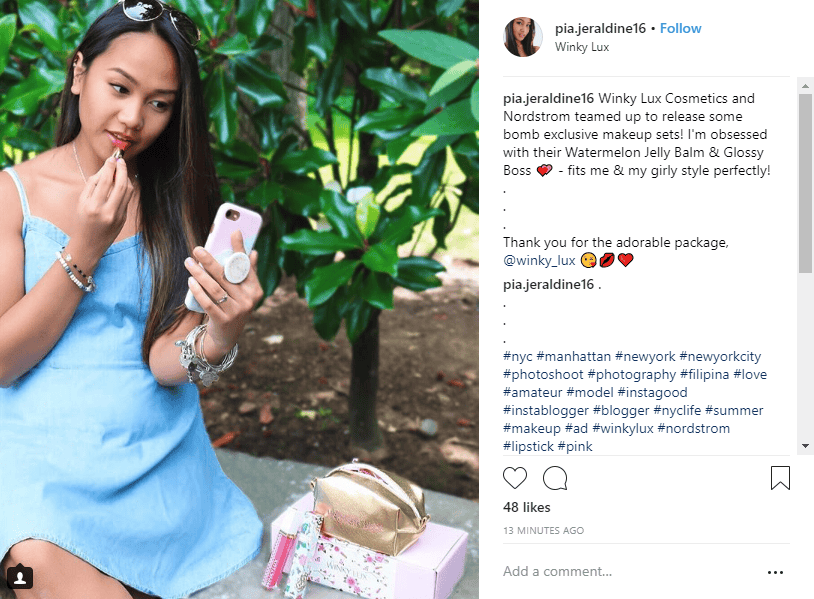
A celebrity would be considered a macro influencer, so everyone else would be a micro influencer.
Not everyone has a million followers. Not everyone has over 100k followers. But a lot of people have somewhere between 5k-99k followers.
Micro influencers are “real” people who have formed a small community around a specific interest, and it’s usually on Instagram. They’ve cultivated a niche community around their content. It’s usually more personal and focused around their specific tastes.
Micro influencers have tapped into audiences who share common interests and characteristics, so you can partner with micro influencers who have audiences similar to your target market.
While not true for every case, micro influencers may often see higher engagement on their posts because their communities are usually more active and engaged.
Micro influencers don’t have the higher price tags associated with some larger influencers. Depending on their reach, engagement, and experience, brands might be able to partner with dozens of micro-influencers for the same price as partnering with a single macro influencer.
Earned Influencers
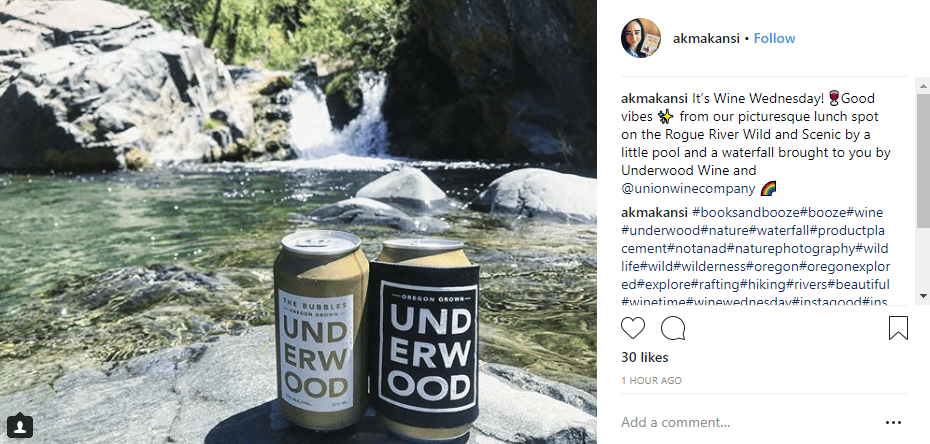
Earning marketing comes from unpaid or preexisting relationships with influencers – those who are natural brand advocates. For example, Patrón has a bunch of influencer advocates for its tequila – people who drink the liquor and endorse it because they enjoy the product.
Another example is beauty bloggers who recommend the products that work for their skin or makeup they love to wear. Sure, those could turn into paid sponsorships, but they usually start out with someone just recommending the products they love.
Earned influencers are a natural byproduct of selling a good product that people love.
For example, when Rihanna launched her new beauty line, Fenty, it got massive support and a following because of how good it is. Everyone, from regular people to beauty bloggers to celebrities were praising the products because they were color-inclusive, felt good on the skin, and worked really well.
Everyone wanted to get their hands on the products and see how good it was for themselves because of the infectious word of mouth spread after the product’s launch.
Paid Influencers
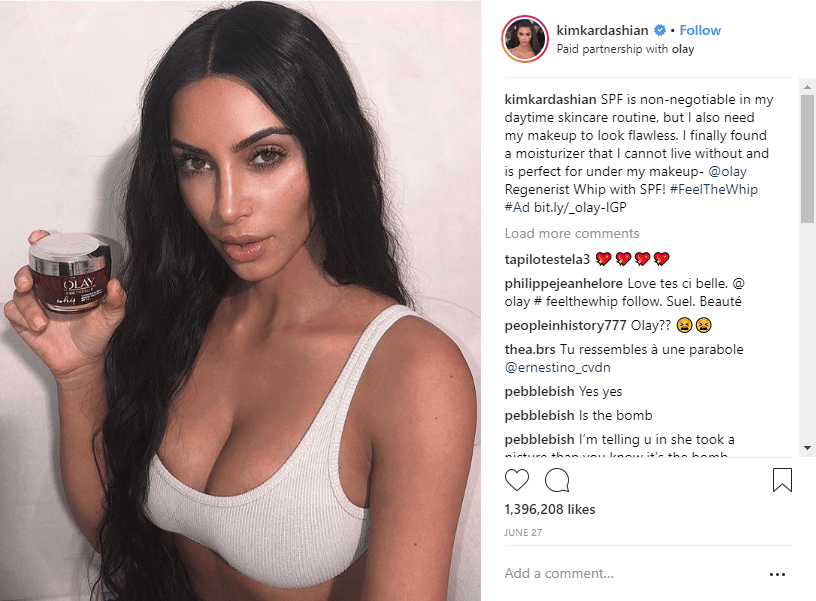
Except, it might not be as sincere coming from someone you just gave thousands of dollars to say they like your product than if the recommendation came from someone who actually uses and enjoys the product.
The audience also isn’t a niche group with a particular interest. Kardashians are massively famous, so even though their audience is enormous, their audience isn’t interested in just one thing like fitness or health food or fashion.
That’s not to say that paid influencers can’t be the genuine article. Maybe they were an earned influencer who you decided to pay for more endorsements. If you can find influencers who already use and love your product so much that they’ve posted about it for free, then you’re more likely to form a positive relationship with them for paid endorsements.
Beware of Fake Influencers
If you google “social media influencers,” you will find a bunch of articles written by people testing just how easy it is to become a fake influencer and get companies to send you free products or money. Fake social media influencers are a unique form of ad fraud that is becoming more and more commonplace.
With the ability to buy followers, likes, and comments, it’s pretty easy to make it look like you’re a social media influencer with a dedicated following when you aren’t.
When you’re trying to make it look like you’re a social influencer, one of your biggest hurdles is to have enough content. To keep up with the demand, stock photos and straight up stealing content from other accounts and claiming it as your own is the general practice.
How to spot a fake social influencer

It’s a little bit like playing Where’s Waldo, but once you learn to spot them, you’ll always be able to pick them out from the crowd.
Evaluate the engagement rate
If you can see thousands of followers, but not many likes per post, then that’s not a good sign. It means they probably bought their followers but then didn’t spring for the likes and comments.
If they have a few posts with significantly more engagement than the rest of their posts, you should scroll through the likes on that photo. If you see a lot of accounts with odd usernames including a string of numbers or a lot of accounts that don’t have a profile picture, those likes were likely bought.
Is their follower growth steady?
A sudden and significant spike in followers in one day? Probably fake.
Unless you know for sure they just got a lot of publicity recently.
But as a rule, the following growth of a real influencer is steady and relatively consistent. And it’s not really about the numbers. 5,000 engaged followers are much more valuable than 50,000 bot accounts.
What’s the engagement quality?
People who buy their followers have caught on to the rule above and have started buying their followers in smaller batches to look more real.
So you need to look at the quality of the engagement. Does it seem like real people commenting or is it a bunch of two-word comments and random emojis? You’re going to have to use your judgment here.
Finding Real Social Media Influencers
Now that you know how to spot the fakes, let’s talk about how you can find social media influencers who are the real deal.
If you have no idea where to start or who is out there already influencing your targeted corner of the market, there are a few tools that can help you.
Buzzsumo
With the help of Buzzsumo’s influencer and outreach feature, you can find the top writers, bloggers, and publications in your field using the same keywords you’re targeting too.
You can sort via influencers, bloggers, companies, and regular users who might not have the status of an influencer.
Influencers aren’t only just those who have a high number of followers. Look at their total number of shares per article and their site’s domain authority.
I know what you’re thinking. LinkedIn? Isn’t that so I can find a job? Well, yes. But LinkedIn is explicitly designed so you can network with those inside your industry. So why not use it to find influencers?
You can enter specific keywords or phrases into the search box that pertain to your industry. If you’re looking for someone to promote a cookbook or a kitchen product, search for “food blogger.”
Even if you’re looking for influencers who are popular on Instagram, it’s likely they have a follow on Twitter too. And since Twitter has an advanced search function and more words on their platform in general, it might be easier to find an influencer there.
How can social media influencers help with your campaign?
There’s no wrong answer for this. It all depends on what kind of campaign you’re running, how much you’re willing to pay them, and what they’re willing to do for you.
You can ask influencers to interact with your campaign by:
-
writing a guest blog post
-
sponsored posts
-
collaborating on an event
-
becoming an affiliate
-
posting product reviews
-
giving products to influencers who might then run a giveaway for their followers
Create a mutual goal with your influencer. They’re going to need to get something from working with you too, so it’s crucial that both parties do the heavy lifting.
Think about forming a relationship with social influencers for the long run. Don’t just ask them to do one sponsored post and then forget about them. You have the opportunity to grow together and gain insights from one another.
Social Media Influencer Success
Who’s using social media influencers successfully? Who can you look to for inspiration for your own social influencer campaign?
ModCloth
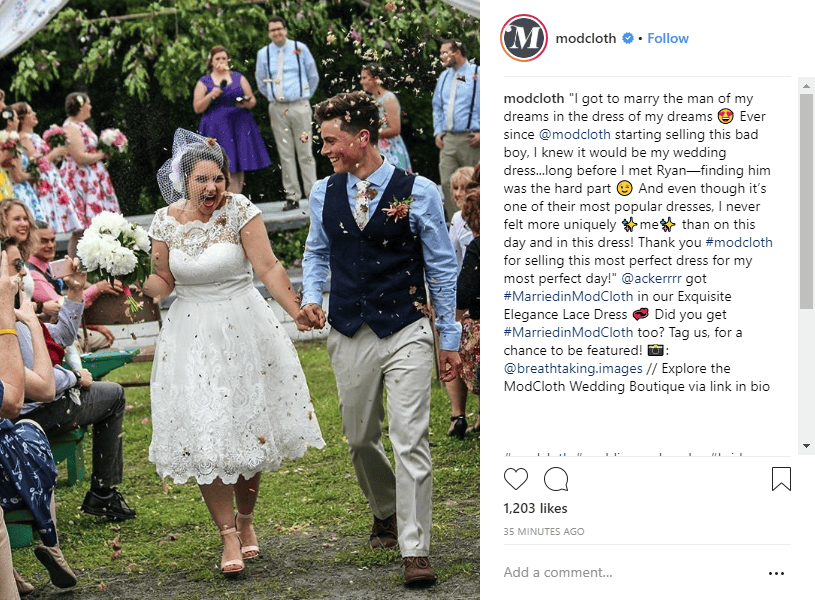
It doesn’t even have to partner with people who have huge followings. Their following is made up of regular women who love their stylish clothes. They have thousands of earned influencers at their disposal, and they take full advantage of it.
ModCloth even has a page on their website called the Style Gallery where they post photos of their fans share wearing their clothes. They have a hashtag, #marriedinmodcloth, which is a collection of happy brides wearing their line of wedding dresses. What better endorsement do you need than a happy bride?
That’s content they didn’t have to create themselves, and it’s all because their customers love and are loyal to their product.
Their greatest strength is in their followers and their followers’ willingness to share their love for the brand on social media.
Sprint
They got the Verizon guy to switch teams! I don’t even need to mention his name, and you know who I’m talking about. “Can you hear me now?”
And then he switches to Sprint? Legendary.
Not only did they get that guy, but they are also using a variety of social media influencers like Lele Pons, Gerard Adams, and Rachel Cook for their #LiveUnlimited campaign.
Sprint’s industry is competitive to say the least, so they’re leaning into the social media influencer market.
Sperry
You know those boat shoes people wear even when they aren’t on a boat?
People love them.
They love them so much they’ll post pictures of them on Instagram for free, and Sperry reposts them and tags the photographer. Sperry doesn’t just work with micro influencers. They can use content from regular people who just happen to love wearing their shoes.
That’s a genius way to get free content, it gives your customers a thrill to know you saw the photo you tagged them in, and it’s a great way to brag to your competitors that your shoes are beloved by all.
Bottom line: Is a social influencer campaign worth it?
It depends on what you want them to do and how engaged their following is. It also depends on how hard you work to cultivate your relationship with them.
This could be the beginning of a beautiful friendship, or maybe you only work together on one thing and go your separate ways. Either way, if it results in more sales and engagement with your product, then it’s worth all of the effort in the end.
If you’re looking to expand your digital marketing strategy, the experienced team at Digital Strike can help. It all starts with a free consultation and then we’ll go from there. Drop us a line!
